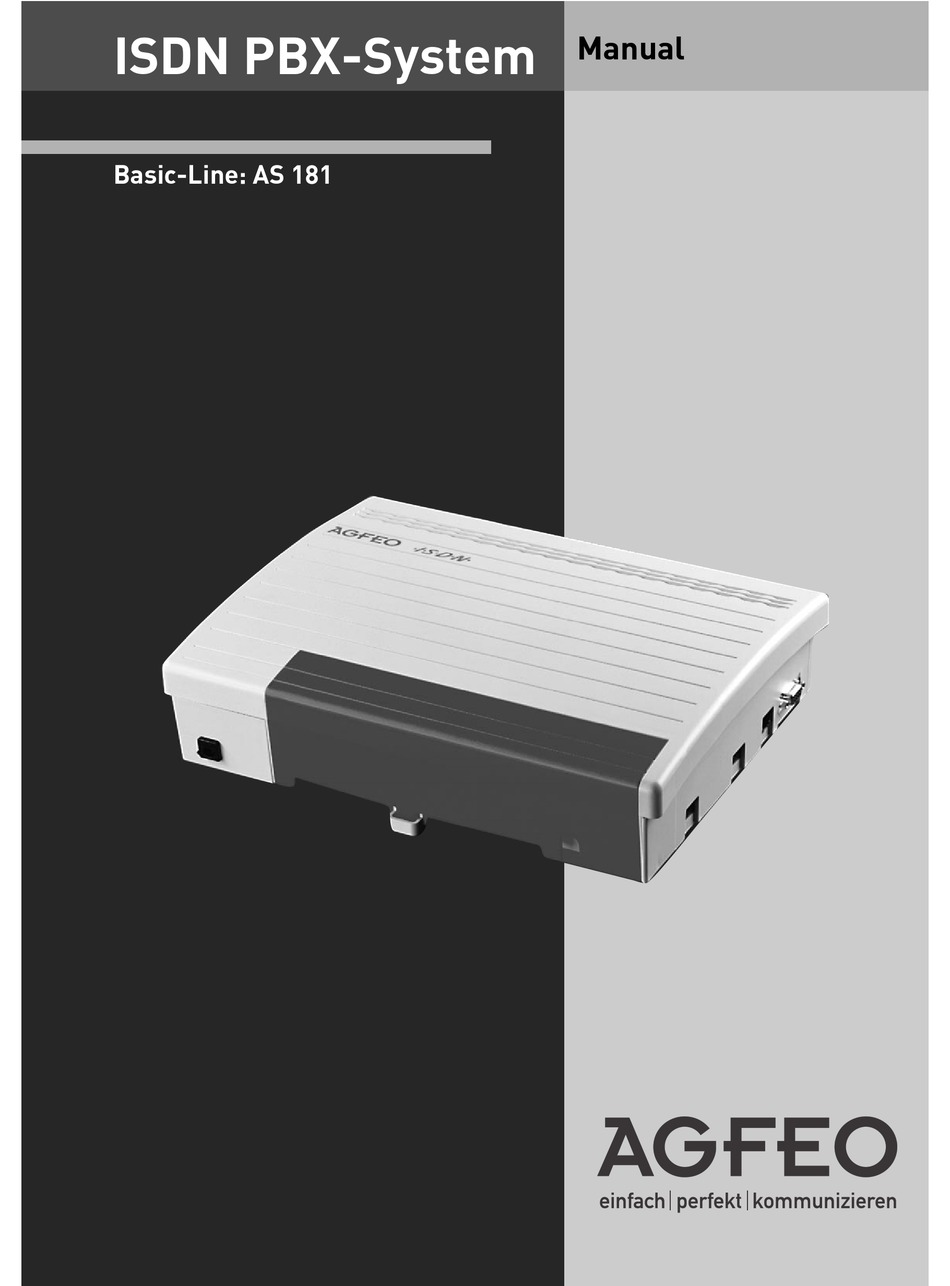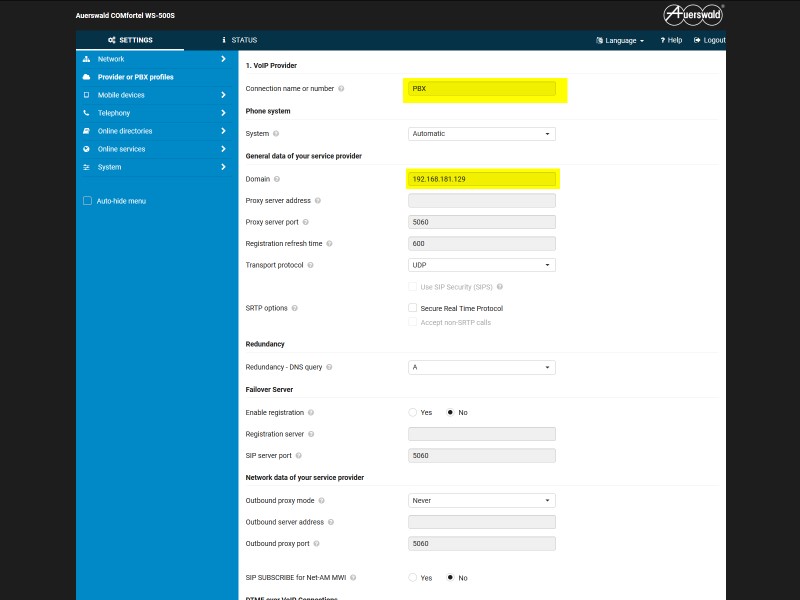- Agfeo Isdn Usb Plug Driver Download For Windows 10 64-bit
- Agfeo Isdn Usb Plug Driver Download For Windows 10 Xp
- Agfeo Isdn Usb Plug Driver Download For Windows 10 Windows 7
- Inspect the cables to make sure that the routing and bend radiuses are satisfactory. Here at low price in Windows 10. To Fix Cisco USB console cable not working windows 10, Just download the correct driver and change the profile settings from the device manager that's it. 8m Cisco modem, secure online shopping and environmentally friendly products.
- USB Driver Updates. Need USB Driver Downloads for Windows 10, Windows 8, Windows 7, Vista and XP? If you are having problems with your USB not working, read the article below to help fix your USB problems. USB issues often, but not always, relate to drivers problems.
- The adapter is designed for connections to cellular phones, PDAs, digital cameras, modems, or ISDN terminal adapters through your USB port with a data transfer rate of over 230kbps. Installation is easy. Simply plug a serial device into the UC-232A adapter and plug the USB port into the computer.
Agfeo Isdn Usb Plug Driver Download For Windows 10 64-bit

Driver Provider Driver Version; Download Driver: Windows XP (64 bit) Siemens Enterprise Communications GmbH & Co. KG: 2.1.2.0 (9/22/2010) Download Driver: Windows Server 2003 (64 bit) Siemens Enterprise Communications GmbH & Co. KG: 2.1.2.0 (9/22/2010) Download Driver: Windows Vista/Windows Server 2008 (64 bit) Siemens Enterprise Communications. Step 4: Learn about the Windows driver build, test, and debug processes and tools. Building a driver differs from building a user-mode application. For more information about Windows driver build, debug, and test processes, driver signing, and Windows Hardware Certification Kit (HCK) testing, see Building, Debugging, and Testing Drivers.

Agfeo Isdn Usb Plug Driver Download For Windows 10 Xp
To create a Network Driver Interface Specification (NDIS) miniport driver package, follow these steps:

Step 1: Learn about Windows architecture and drivers.
You must understand the fundamentals of how drivers work in Windows operating systems. Knowing the fundamentals will help you make appropriate design decisions and let you streamline your development process. For more information about driver fundamentals, see Concepts for all driver developers.
Step 2: Learn about NDIS.
For general information about NDIS and NDIS drivers, see the following topics:
Step 3: Determine additional Windows driver design decisions.
For more information about how to make additional Windows design decisions, see Creating Reliable Kernel-Mode Drivers, Programming Issues for 64-Bit Drivers, and Creating International INF Files.
Step 4: Learn about the Windows driver build, test, and debug processes and tools.
Building a driver differs from building a user-mode application. For more information about Windows driver build, debug, and test processes, driver signing, and Windows Hardware Certification Kit (HCK) testing, see Building, Debugging, and Testing Drivers. For more information about building, testing, verifying, and debugging tools, see Driver Development Tools.
Step 5: Read the miniport driver introduction topics.Types of NDIS Miniport DriversNetwork Interface Card SupportSample NDIS Miniport Drivers
Step 6: Read the writing miniport drivers section.
This section provides an overview of the primary miniport driver interfaces. These interfaces included functions that miniport drivers provide (MiniportXxx functions) and NDIS calls to initiate operations. NDIS provides NdisXxx functions that miniport drivers call to perform NDIS operations.
Step 7: Review the NDIS miniport driver sample in the Windows driver samples repository on GitHub.
Step 8: (optional reading) Additional considerations for Miniport Drivers.
Additional considerations include topics that expand on the primary interfaces that are described in the writing miniport drivers section.
Step 9: Develop (or port), build, test, and debug your NDIS driver.
See the porting guides if you are porting an existing driver:
For more information about iterative building, testing, and debugging, see Overview of Build, Debug, and Test Process. This process will help ensure that you build a driver that works.
Step 10: Create a driver package for your driver.
For more information about how to install drivers, see Providing a Driver Package. For more information about how to install an NDIS driver, see Components and Files Used for Network Component Installation and Notify Objects for Network Components.
Step 11: Sign and distribute your driver.
The final step is to sign (optional) and distribute the driver. If your driver meets the quality standards that are defined for the Windows Hardware Certification Kit (HCK), you can distribute it through the Microsoft Windows Update program. For more information about how to distribute a driver, see Distributing a Driver.

Agfeo Isdn Usb Plug Driver Download For Windows 10 Windows 7
These are the basic steps. Additional steps might be necessary based on the needs of your individual driver.

